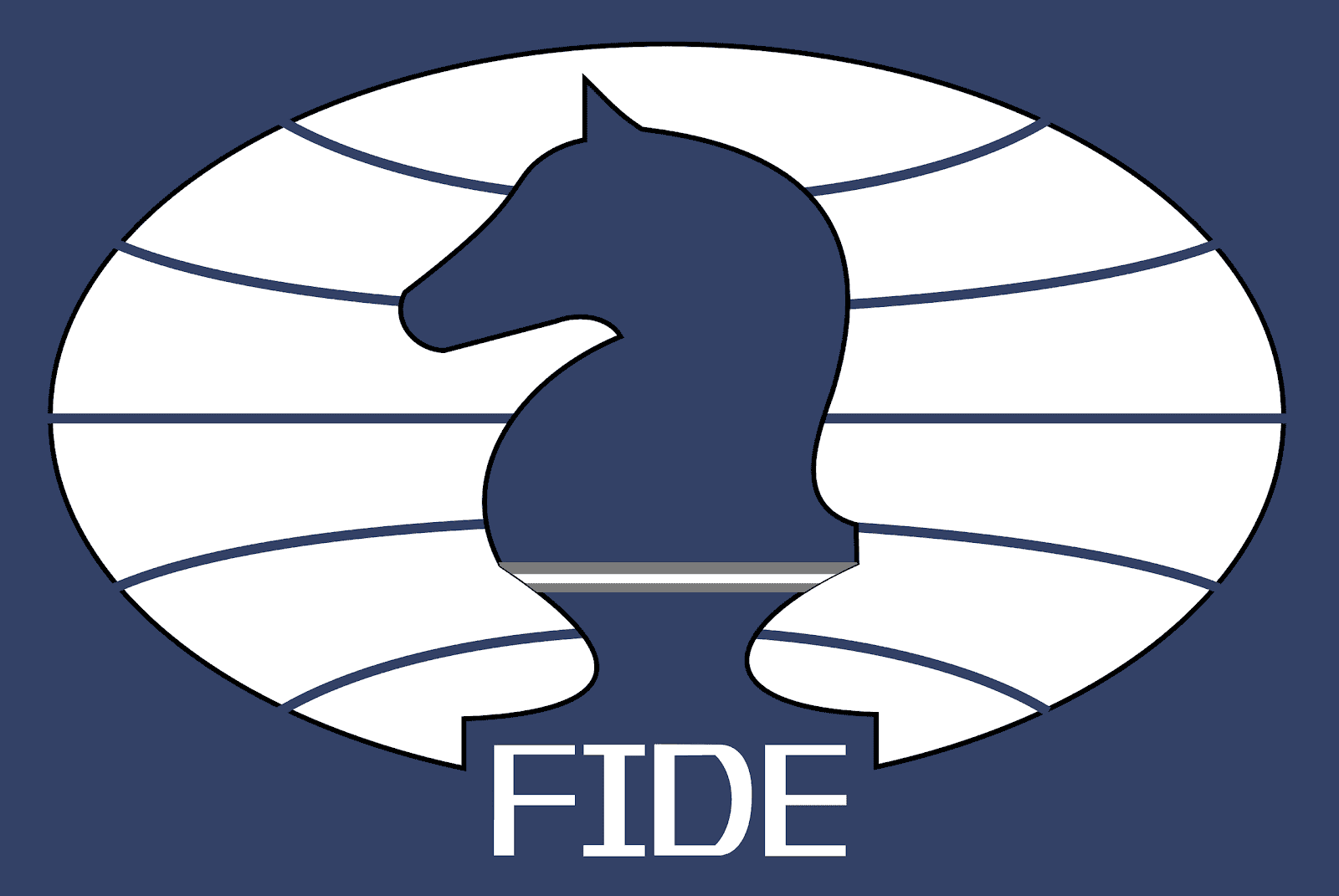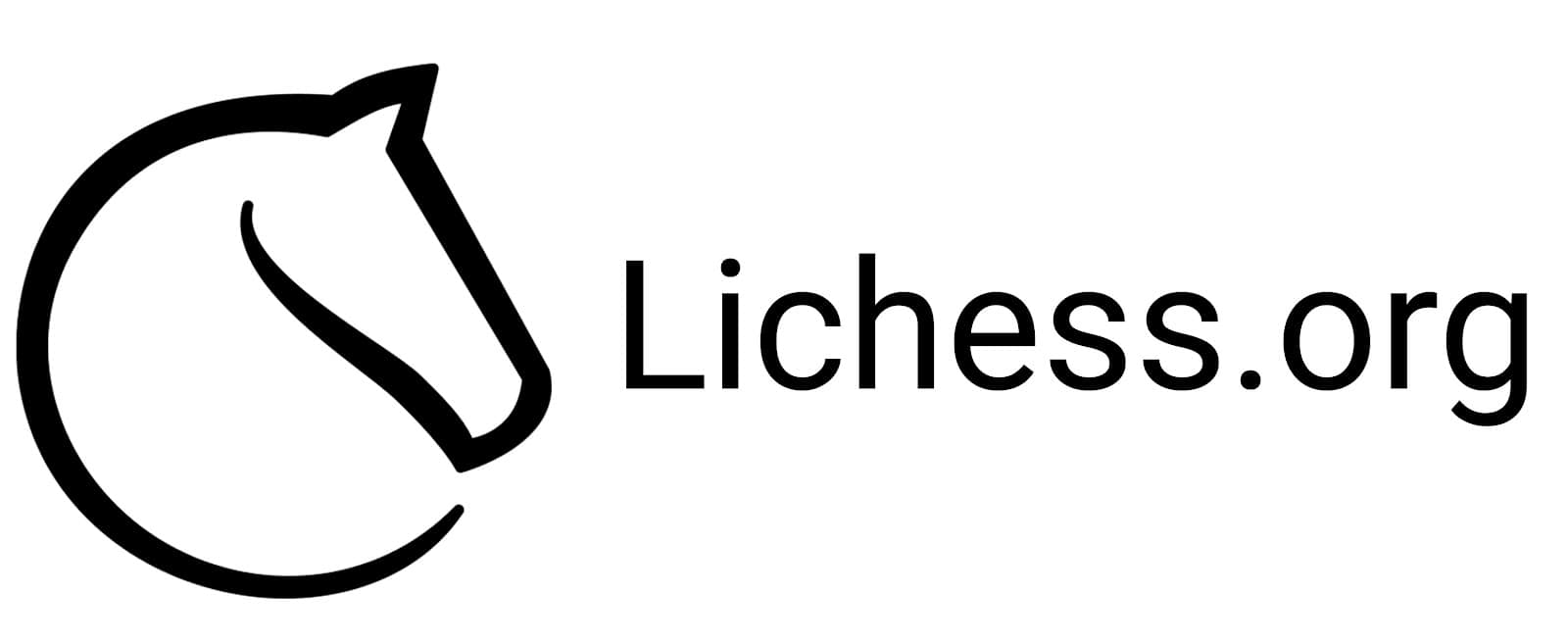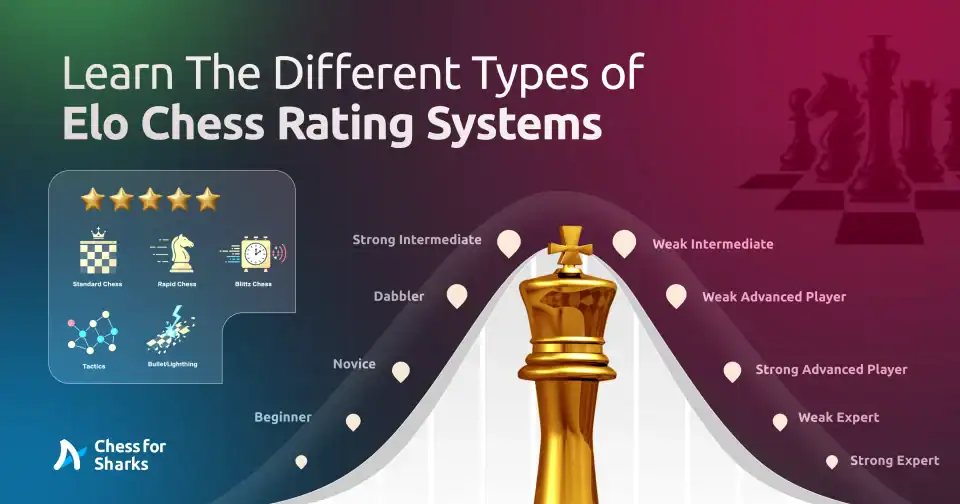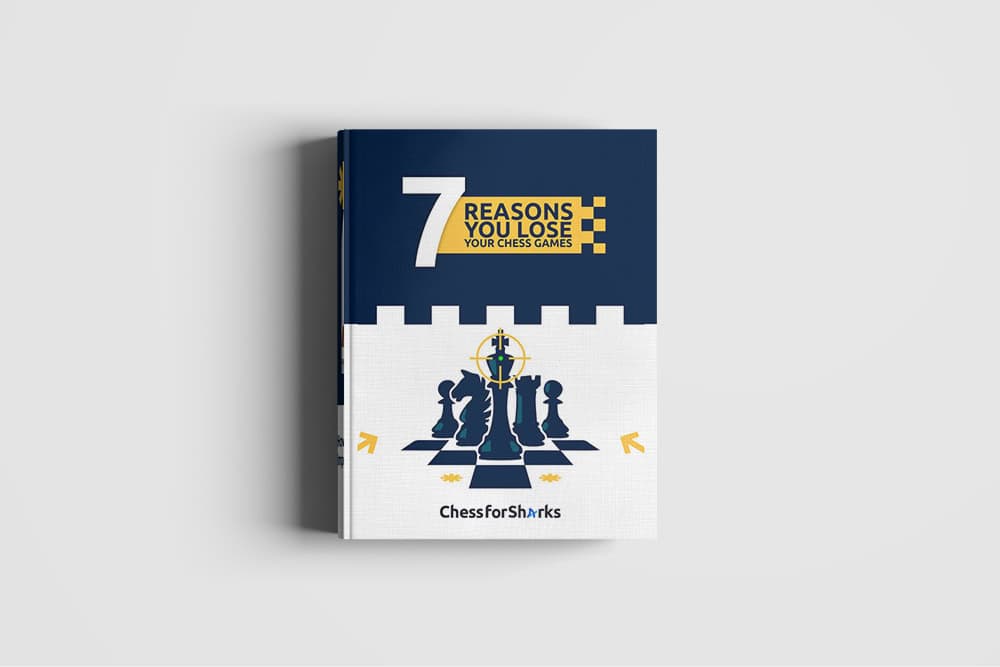Chess players love numbers. Especially when those numbers show who’s better at the game. But here’s the catch: not all ratings are created equal.
Whether you’re climbing the ladder on Chess.com, defending your rank at a local FIDE event, or bragging about your puzzle rating on Lichess, there are different rating systems, each doing its own thing.
Confusing? A little. That’s why we’re breaking it all down.
This guide explains the main chess rating systems used across the board, from classical over-the-board events to your favorite online apps.
We’ll cover how they work, why they differ, and how to interpret them.
Why Ratings Matter in Chess
Chess ratings help measure your progress. They tell you how strong you are, how you compare to others, and what level you need to hit next.
Do you want to become a Candidate Master or dream of being a Grandmaster someday? You’ll need those numbers to back you up.
But once you’re online or enter events in different countries, you realize your rating on Lichess isn’t the same as your FIDE or USCF rating. So what gives?
Let’s break it all down.
The Classic Elo Rating System
This is the granddaddy of them all. Named after Arpad Elo, a Hungarian-American physics professor and chess player, it uses mathematical formulas to track wins, losses, and draws.

It assumes you’ll beat lower-rated players and lose to higher-rated ones. But if you beat someone stronger than you? Your rating jumps more.
The formula uses the “K-factor,” a number that controls how fast your rating changes. For new players, the K-factor is higher, so your rating adjusts quickly.
Here’s how the formula works:
New Rating = Old Rating + K × (Actual Score − Expected Score)
Using this formula, you gain more points if you beat a stronger player, and lose more if you lose to a weaker one.
The K-factor controls how big the change is. Therefore, new players have a higher K, so their ratings adjust faster.
The Expected Score is based on the rating difference between you and your opponent.
Where is this system used? FIDE (the global chess body), USCF, and most official over-the-board events use this model.
FIDE Rating System

FIDE ratings are what most people refer to when they say “official rating.” You get three of them:
FIDE Classical: The big one. Used for titles like FM, IM, and GM.
FIDE Rapid: For games between 10 and 60 minutes.
FIDE Blitz: For games faster than 10 minutes.
FIDE uses the same Elo formula for Classical, Rapid, and Blitz, but keeps each in a separate rating pool. Your games only affect the rating for that specific time control.
The time control decides which pool gets updated, e.g, Classical (60+ mins), Rapid (10-60 mins), or Blitz (under 10 mins).
The formula stays the same, but FIDE adjusts the K-factor based on your experience, not the game speed.
FIDE ratings kick in after you meet a few requirements:
- You must play against already-rated players.
- You need a performance rating of at least 1000.
- You must complete enough rated games (often around 9).
FIDE ratings are slow to change. If you’re inactive for a while, they freeze. That makes them more reliable but less flexible than online systems.
USCF Rating System

If you’re in the U.S., the United States Chess Federation uses a slightly modified Elo system. It includes:
- Regular (Classical)
- Quick (Rapid)
- Blitz
USCF ratings are known to be slightly inflated compared to FIDE ratings.
This happens because the USCF player pool includes more juniors and casual players, which lowers the overall competition level.
Kids also get higher K-factors, so their ratings rise quickly. USCF events are more frequent and often less strict than FIDE tournaments, leading to faster rating gains.
They also include provisional ratings for new players (based on your first few games). Once you play more, your rating stabilizes.
Online Chess Platform Ratings
Online chess is booming, so we have rating systems that look familiar but play by different rules. Let’s look at the two giants.
Chess.com Rating System

Chess.com uses a system based on the Elo model but tweaked for speed and volume.
Ratings change faster, especially for new players, so they reach their true level quickly. Each time control has its own rating, since players perform differently in each.
The system also uses a flexible formula that changes based on experience and consistency.
New players see big rating swings, while experienced players change more slowly.
- Each format (Bullet, Blitz, Rapid, Daily) has its rating.
- Ratings are higher than FIDE by 200-300 points.
- Puzzle and puzzle rush ratings are separate.
New users start around 1200, and your rating adjusts fast. That makes it motivational but also volatile.
Analyzing chess games is easier with Chess.com’s built-in analysis tools.
Stockfish is the engine that powers the analysis board, offering top-tier insights.
Lichess and the Glicko-2 System

Lichess uses a different beast: Glicko-2. This rating system tracks not only your rating but also how sure it is about your strength.
Lichess ratings are often 200-300 points higher than FIDE’s. But the system adapts fast if you win frequently or return after a break.
Each format: Bullet, Blitz, Classical, and Correspondence, has its rating, just like Chess.com.
Glicko and Glicko-2 Rating Systems
These systems expand on Elo by adding uncertainty. Your rating changes more when the system is unsure about your level, but it slows down once it becomes confident.
This is great for online chess, where players come and go quickly. Glicko-2 is currently used by:
- Lichess
- Internet Chess Club (ICC)
- Tornelo
National Federations and Their Custom Ratings
Outside the U.S., countries like India, the UK, and others have their national systems.
India: Uses AICF ratings, which often sync with FIDE.
UK: Uses ECF ratings, which now provide conversion charts to FIDE.
Junior players get special adjustments in some federations to account for rapid improvement.
Comparing Ratings Across Platforms
Let’s be clear: 2000 FIDE is NOT the same as 2000 on Lichess.
Here are rough conversions:
2000 Lichess Blitz = 1700 FIDE Blitz
2000 Chess.com Rapid =1800 FIDE Rapid
(Note: these are just rough conversions and may not necessarily be 100% accurate)
Also, these conversions come from comparing players who have both FIDE and online ratings.
Online platforms like Lichess and Chess.com often give higher ratings because they include more casual players and use different rating systems.
FIDE ratings come from over-the-board games against tougher competition, so they tend to be lower and harder to earn.
However, these vary depending on how often you play and which system you’re more active in.
Always check if you’re rating-hopping between platforms.
Comparison Table For Major Chess Rating Systems
| Rating System | Used For | Typical Range | Key Features |
| FIDE Elo | Official international OTB chess | 1000-2800+ | Globally recognized, used for titles and rankings |
| USCF Rating | U.S. domestic over-the-board play | 100-2800 | Slower to change, affected by fewer games |
| Chess.com Rating | Online rapid, blitz, bullet, daily games | 100-3500+ | Varies by time control, changes quickly |
| Lichess Rating | Online casual and rated games | 400-3000+ | Online rapid, blitz, bullet, and daily games |
| Arena FIDE Rating | Online official FIDE Arena games | 1000-2400+ | Entry point into FIDE-rated online chess |
| National Rating | Country-specific chess federations | Varies | May use separate systems or mirror FIDE adaptations |
How To Find Rating Estimates Across Different Systems
To estimate how different chess rating systems compare, especially from online to official ratings like FIDE or USCF, you can use data from players who hold ratings in multiple systems.
While there’s no exact formula, here’s a general way players often estimate:
From Lichess to FIDE
Most players find that Lichess ratings run 300-400 points higher than their FIDE ratings.
So, to do a rough estimate:
Lichess 2000 = FIDE 1600-1700
From Lichess to USCF
USCF ratings tend to be slightly higher than FIDE, but still lower than Lichess.
To do a rough estimate:
Lichess 2000 = USCF 1700-1800
Chess.com to FIDE
Chess.com ratings are usually 200-300 points higher than FIDE ratings.
Rough estimate:
Chess.com 2000 = FIDE 1700 -1800.
This gap comes from differences in the player base, the rating algorithm, and how games are played online versus over-the-board.
Chess.com to USCF
Chess.com ratings are typically 100-200 points higher than USCF ratings.
Rough estimate:
Chess.com 2000 = USCF 1800-1900.
Again, please note that these are general estimates.
Actual conversions depend on your playing style, consistency, and experience in classical time controls.
Which Rating System Matters Most?
So, which chess rating system should you care about? The honest answer is that it depends on the context.
FIDE ratings are the gold standard if you’re chasing formal titles or playing in official over-the-board events.
They’re recognized globally, earned under strict conditions, and taken seriously in the professional chess world.
But if you’re sharpening your skills online or playing for fun, online ratings (like those on Chess.com or Lichess) can be more dynamic, responsive, and motivational.
They change faster, reflect recent form, and give you plenty of games to test yourself.
Conclusion
In the end, every rating system tells part of your chess story.
Whether you’re grinding for a Master title or just trying to break 2000 online, the key is to focus on growth, not just the number.
Keep playing, keep learning, and let the ratings follow.







join the conversation